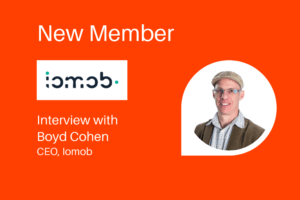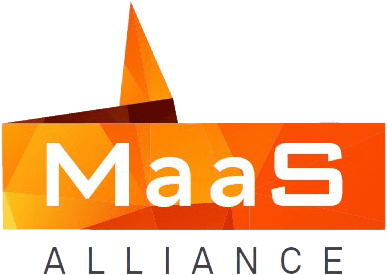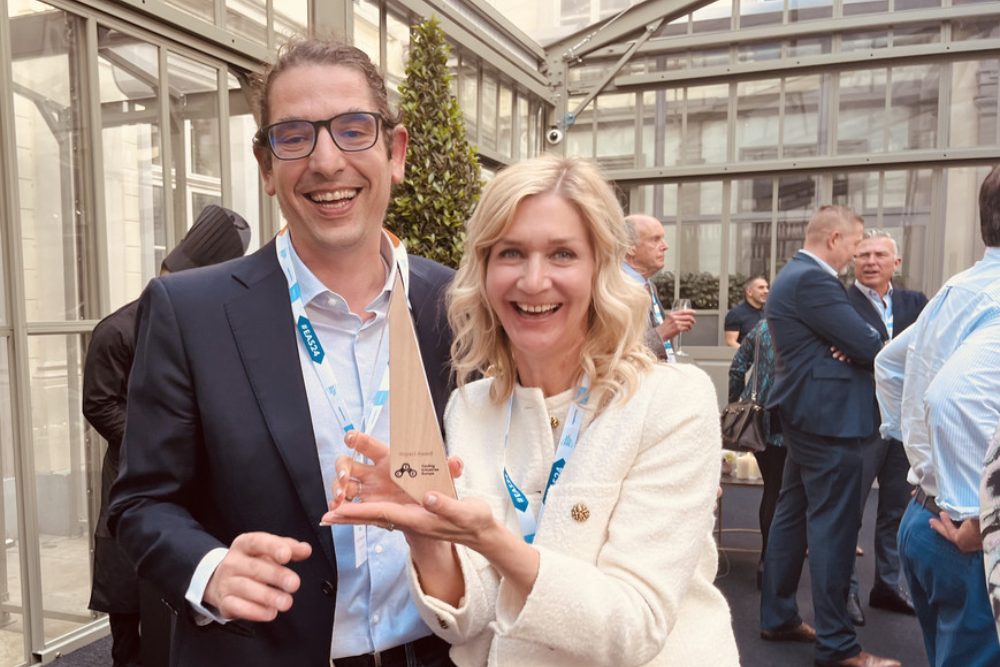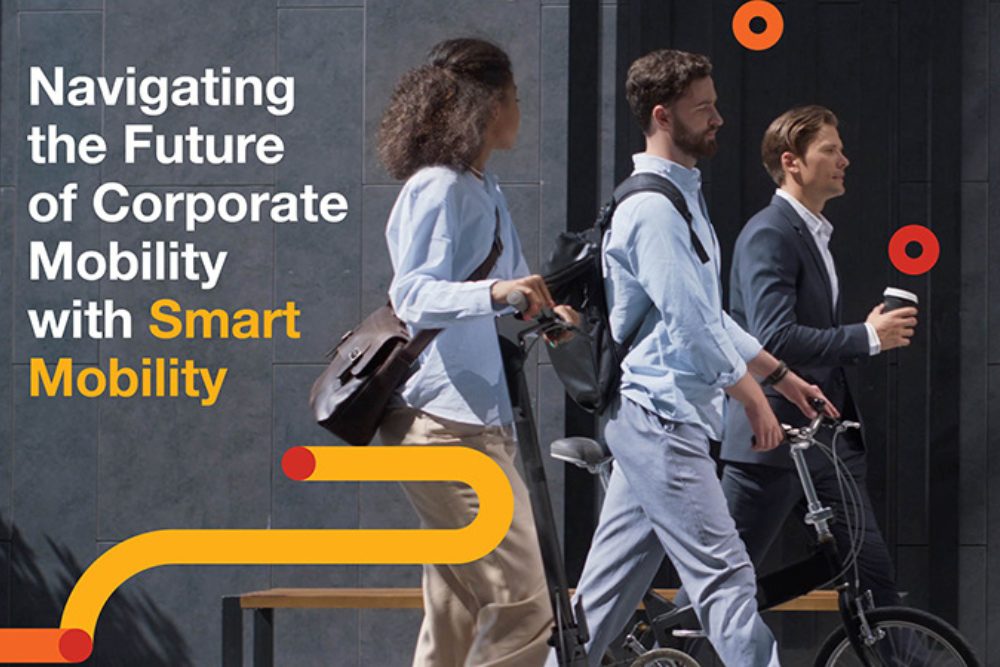
We are pleased to welcome Iomob to the MaaS community. Find out more about them in this interview with their CEO, Boyd Cohen.
Iomob has been present in the MaaS landscape for the past three years. In your words what makes Iomob unique?
Iomob’s initial idea was born during a taxi trip in Barcelona. Watching the taxi driver juggling many taxi hailing apps simultaneously, I realised that the same app acrobatics was happening on the customer side as well. Together with Josep Sanjuas, CTO, we founded Coopify – an integration platform for taxi services. However, the same fragmentation found in taxi hailing was happening for most mobility services due to the desire of some mobility providers and public transport operators to continue developing their own apps and having customers use their walled garden platforms. Inspired by the emergence of the B2C pioneers in the MaaS industry like MaaS Global, Coopify became Iomob. The approach we have taken is different from other players in the market. We focus on: building an open platform that would enable public and private enterprise clients to offer seamless mobility to their customers or employees.
Aside from the focus on enterprises, what sets Iomob apart from other B2B/B2G MaaS solutions is our emphasis on intercity and intracity journeys, our platform’s multimodal approach, and our agnostic and interoperable philosophy.
In fact, Iomob’s approach goes beyond MaaS in the classical sense. Iomob is creating an open mobility on demand marketplace to address the fragmentation in the ecosystem and focus on complete consumer journeys. Our clients include transport and travel companies, as well as public and private sector entities. Our technology enables clients to either allow their customers to discover, route, book and pay for complete journeys through their own existing apps by leveraging our SDK (Software Development Kit), or to utilise our white label app and deploy it with their own bespoke branding. Iomob’s platform also supports traveling around the globe by leveraging our unique “global mobility roaming” capability. That is to say that any user of any app connected to Iomob’s middleware solution can travel to any other spot on earth where we have established mobility partnerships and experience full mobility with whatever interface they are using in their home market.
This brings me to a final point about the uniqueness of Iomob and our approach. We are agnostic about the many use cases our clients and their users may employ. For example, while many in the MaaS industry focus on replacing the private car with perhaps mobility subscriptions, Iomob embraces the numerous business models our clients may have as well as the various modes of mobility their users may consider. In fact, we believe it is a false dichotomy to assume that people are either car drivers or MaaS subscribers. There is a big middle ground there. And this comes from someone who has not had a driver´s license since moving to Barcelona in 2015 and is a big believer in shifting away from car dependence in favour of more sustainable forms of mobility. Iomob is one of the first multimodal platforms to factor in a user’s own private vehicle into multimodal journey options.
What have you achieved so far and what goals have you set for the future?
Iomob’s first deployment was already a first of its kind in Europe. In 2019, Iomob worked with Renfe, the Spanish rail operator, to launch an intercity and intracity MaaS solution for the rail industry. We refer to this as RailMaaS. The initial trial allowed Renfe passengers to plan and pay for mobility services including taxis, ride-hailing, transit, micromobility and of course high-speed rail between and inside Barcelona and Madrid.
Our experience with Renfe taught us that it was important to decouple the front-end of our architecture and allow clients to have access to an API, SDK or white label app depending on their preferences. Now we have a new major European rail customer that will be announced soon. They will be using our API to support web bookings. At the same time, they will be using our SDK inside their already-existing rail only app to turn it into a RailMaaS app. With such a use case, our public and private sector clients can leverage their existing apps with large installed user bases to transform the customer experience by adding multimodal options.
On the heels of new investment and additional revenue, we have been expanding our commercial, product and technical team to serve a growing diversity of partners. For example, we are in the early stages of building a “zero carbon” version of the platform with some first-in-the-world capabilities. Similarly, Iomob has developed an ambitious proposal to transform Spanish ports by enabling seamless multimodal services including ferries, taxis, buses and long-distance modes of transportation such as rail and intercity buses.
Can you give us some examples of open marketplace use cases?
We are leveraging our open approach to MaaS with Skånetrafiken, the regional transit authority in Sweden. They too are in the process of integrating our SDK into their existing transit app. One of the most unique aspects of this deployment compared to most public sector approaches to MaaS is that it is not a white label app and it is not a walled garden. Instead, their app is being supercharged with our SDK. This means that Iomob will be able to offer a full MaaS experience to any other local, regional or global organization wishing to offer seamless mobility to residents or visitors of the Skåne region. This will include access to book Skånetrafiken’s full range of public transit fares in any third-party applications connected to Iomob’s platform, whether it be local universities, retailers like Ikea, energy companies or even B2C MaaS operators.
The project will be launched in May and it will include the municipalities Malmo, Lund and Helsingborg. Our ambition is to develop a scalable solution, accomplished through increased accessibility, reduced environmental impact and congestion, through seamlessly connecting buses, trains, taxi, bicycles, scooters, car-sharing into Skanetrafiken’s public transit app.
We are very excited about Iomob joining the MaaS Alliance. Can you tell us what made you want to join and what would you like to contribute to the membership?
Our decision to join the MaaS Alliance was a natural evolution. Collaboration is in Iomob’s DNA and the open marketplace that we create is based on the same principles. Our continued engagement with leaders in the MaaS Alliance over the past few years made it impossible for us to overlook the value of being part of the premier advocate for multimodal mobility in the world and to lend our support in shaping the discussion about the future of mobility for the coming decade.
How do you see the MaaS landscape evolve in the future?
We believe that multimodal mobility is currently only in its infancy and today’s preconceptions of MaaS are way too narrow. We have had numerous conversations with prospective clients in a dozen industries ranging from the obvious in the transportation industry to the logical, but not yet fully explored, extensions like airlines, hotels and Online Travel Agencies. We are also engaging with the seemingly further afield industries like insurance, energy and employee benefits. Our prediction is that we are going to see an explosion of new business models, new types of combined use cases, new technologies and new collaborations that defy our current industry assumptions related to what MaaS is, who governs it and what its mission and business model must be.
On a similar note, we believe we will see the blurring of lines between the mobility of people and goods, similar to the Mobility on Demand model. Yes, we have plans for this but I will wait until we are further along to share those with you.



